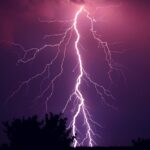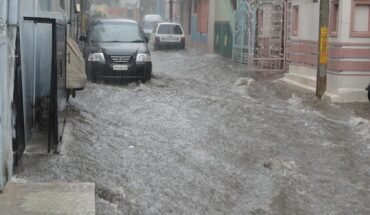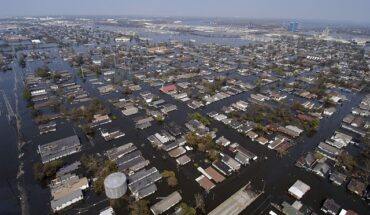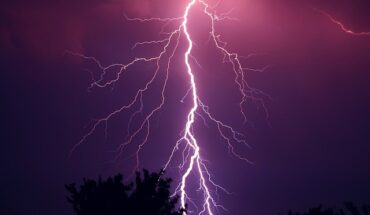Preparedness is critical in moments of crisis. Whether facing natural disasters like hurricanes and earthquakes or man-made disasters such as industrial accidents or civil unrest, having a solid plan in place can make all the difference. While no one ever plans on finding themselves in such situations, it’s good to be cautious. Part of being cautious and preparing for disasters is equipping yourself with the knowledge and tools necessary for survival and effective personal disaster response.
1. Stay Informed:
Keeping abreast of the latest developments during a disaster is crucial. Ensure you have a reliable source of information, such as a battery-powered radio or a hand-crank emergency radio. These devices, like the Midland ER210 Emergency Crank Radio (find on Amazon), can provide vital updates on weather conditions, evacuation notices, and rescue efforts even when other communication channels fail.
2. Have an Evacuation Plan:
Developing a clear evacuation plan with your family or household members is essential. Identify multiple evacuation routes and designate meeting points should you become separated. These could be an area in a front yard in case of a house fire or a local high point in case of flooding. It’s essential to have multiple evacuation plans. Additionally, pack a comprehensive emergency kit containing essentials like water, non-perishable food items, first aid supplies, and tools like the LifeStraw Personal Water Filter (found here), which can purify water from virtually any source, ensuring you have access to safe drinking water during evacuations.
3. Establish Communication Channels:
In times of crisis, communication can be challenging. Ensure you have a backup communication plan, such as establishing a designated out-of-town contact person with whom everyone can check-in. Utilize tools like satellite phones or personal locator beacons such as the Garmin inReach Mini (find it on Amazon here) to send distress signals and communicate your whereabouts to emergency responders when traditional means fail. Investing in radio skills and equipment can be a critical disaster survival tool. During times of crisis, cell towers can become bogged down or disconnected. Getting an amateur radio license, or a GMRS radio license that can cover your entire family, can ensure you and your family can communicate during a disaster.
4. Learn Basic First Aid and Survival Skills:
Being equipped with basic first aid and survival skills can be lifesaving during emergencies. Consider taking a first aid course to learn essential techniques for treating injuries and administering CPR. Additionally, familiarize yourself with basic survival skills like building shelters, starting fires, and signaling for help. Tools like the Adventure Medical Kits Survive Outdoors Longer Emergency Bivvy (affiliate link) can provide essential protection from the elements during unexpected outdoor stays.
5. Secure Your Home:
Before disaster strikes:
- Take proactive measures to secure your home against potential damage.
- Anchor heavy furniture and appliances, reinforce windows and doors, and trim trees and branches that could pose a hazard during high winds.
- Consider investing in home security devices like the [Ring Alarm 5-Piece Kit](affiliate link), which provides real-time alerts and remote monitoring capabilities to keep your home safe even when you’re away.
6. Build Community Resilience:
Disasters often unite communities, and fostering resilience within your neighborhood can significantly enhance survival chances. To support vulnerable members during emergencies, organize community preparedness workshops, establish neighborhood watch programs, and create mutual aid networks. Collaborate with local authorities and emergency responders to develop evacuation plans and identify resources available within the community.
7. Maintain Mental and Emotional Well-being:
Maintaining mental and emotional well-being is paramount in times of crisis. Practice stress-reduction techniques such as deep breathing exercises, mindfulness, and meditation to stay calm and focused amidst chaos. Lean on your support network of friends, family, and community members for emotional support and encouragement. Consider journaling or engaging in creative activities as a therapeutic outlet during challenging times.
Conclusion:
While facing disasters can be daunting, being prepared and equipped with the right tools and knowledge can significantly increase your chances of survival and resilience. You can navigate through emergencies with confidence and determination by staying informed, developing a comprehensive plan, and fostering community solidarity. Remember, preparedness is about surviving the initial impact and rebuilding and thriving in the aftermath.
As an affiliate partner, we recommend products like the ones mentioned above to help you prepare for unforeseen emergencies. These items have been carefully selected for their quality and reliability, ensuring you have the tools for effective disaster response. Stay safe, stay prepared, and remember, resilience is the key to survival.
[DISCLAIMER: As an affiliate partner, DIYSurvivalTips.com may earn commissions from qualifying purchases made through the provided links.]














